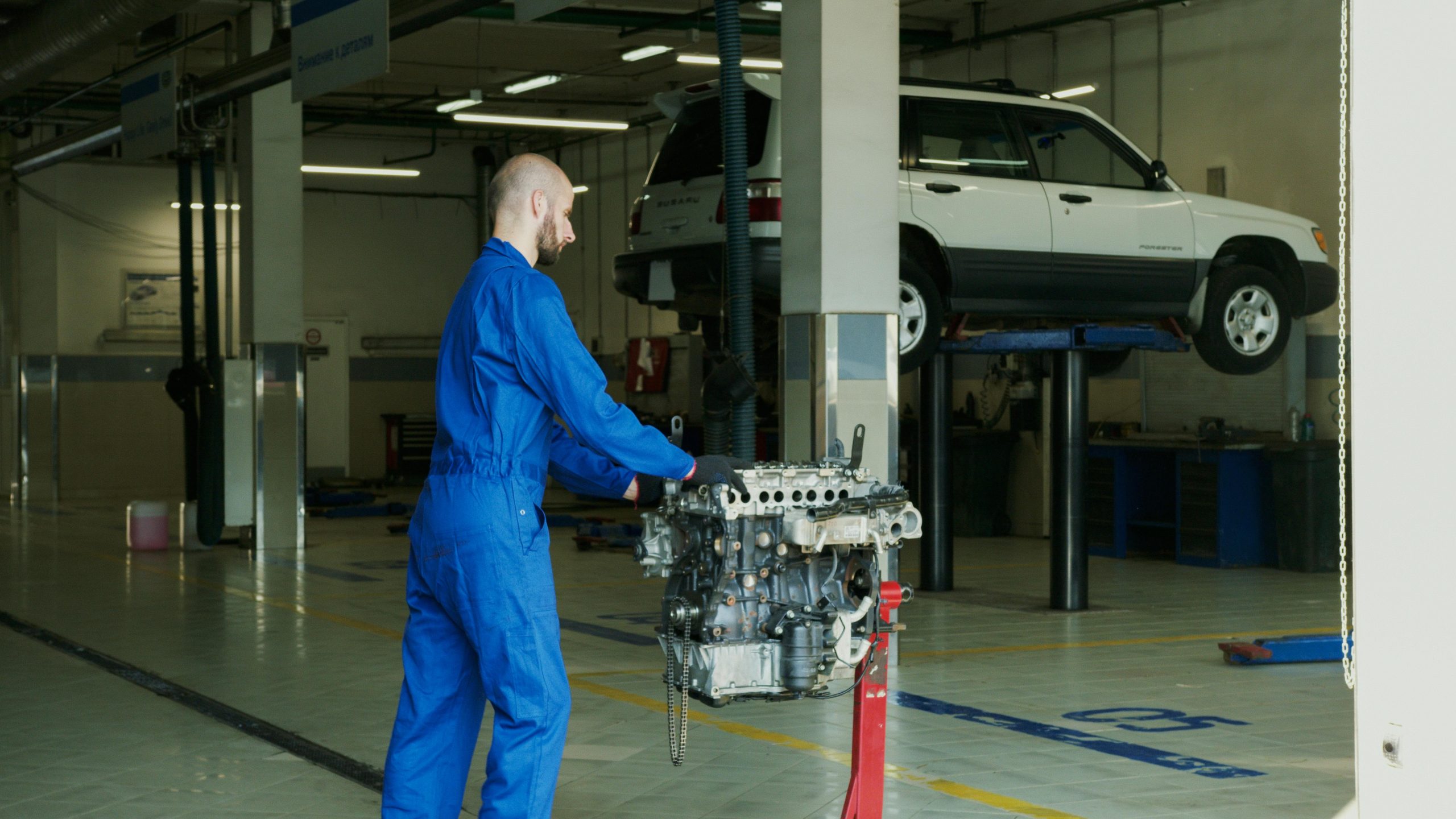Overcoming Automatic Repair Failures: Seeking Solutions for Your Computer Troubles
Encountering an “Automatic Repair Failure” message can be a frustrating experience. Recently, I found myself in such a predicament, and despite my best efforts, the standard fixes just didn’t cut it. After following the four most common troubleshooting steps outlined in this instructional video, I was still left with a malfunctioning computer: Fixing Automatic Repair Failures.
As I navigate through this technical quagmire, I realize the urgent need to regain access to my device. Unfortunately, figuring out where to go for reliable technical assistance has proven to be more challenging than the repair itself. In an age where skilled technicians seem increasingly elusive, I’m reaching out to the community for guidance.
If you’ve successfully resolved similar issues, your recommendations would be invaluable. Additionally, if you’re able to offer direct assistance, I would greatly appreciate it. I am more than willing to explore virtual troubleshooting options or seek help at a local repair shop. Your support in this journey would mean a lot, and I’m open to discussing compensation for assistance rendered.
Thank you in advance for any help you can provide—let’s fix this together!
Share this content:




Suggested Steps to Resolve Automatic Repair Failure
Hi, thank you for reaching out regarding your issue. Automatic Repair failures can be caused by several underlying problems, including corrupted system files, hardware issues, or boot configuration problems. Here are some steps you can try to troubleshoot and hopefully resolve the issue:
Reboot your PC and interrupt the startup process three times to trigger the Automatic Repair environment. From there, navigate to Advanced options > Troubleshoot > Advanced options > Startup Settings > Restart. After restart, press 4 to select Safe Mode. If you can access Safe Mode, you may uninstall recent updates or drivers causing conflicts.
If you can access Command Prompt via the Advanced options, run these commands to repair system files:
From the Advanced options menu, select Startup Repair. This automatic tool attempts to fix common boot issues.